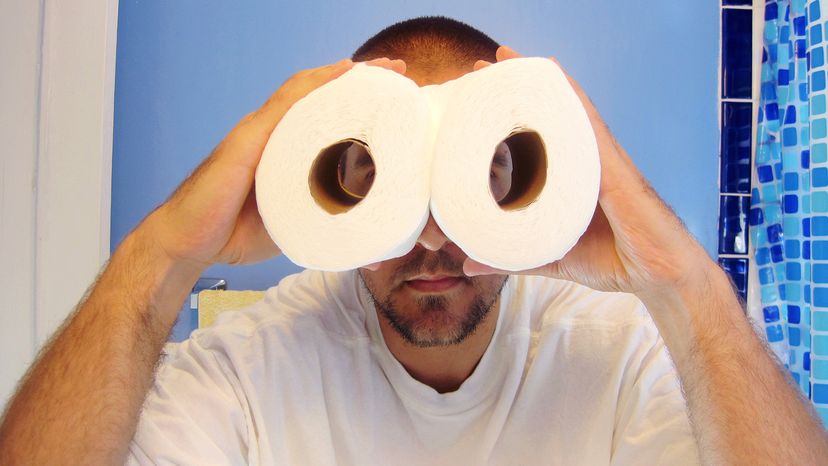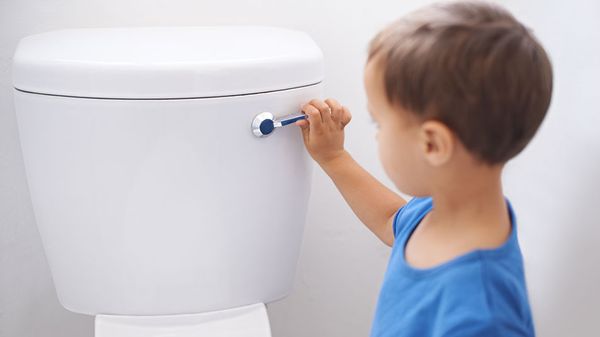
Your nose is running, so you run to the restroom for a tissue and then realize that familiar cardboard box is empty. What's a nasal-drip sufferer to do? Unroll a bit of toilet paper instead, of course. We may use tissues and toilet paper interchangeably sometimes, but the truth is, there are some important differences between the two — and knowing what they are could save you some hassle in the long run.
Toilet paper and facial tissue are both made up of paper pulp, and both are meant to be discarded after a single use, but most of the commonalities end there. Facial tissue has a smoother surface than toilet paper, which makes it feel softer on the skin. And, facial tissue is often impregnated with lotions and scents designed to make the nose-blowing experience more pleasant.
Advertisement
While toilet tissue does not usually have these additions, it does have one important feature that facial tissue does not. Toilet paper easily dissolves in water in a process that takes anywhere from one to four minutes. Toilet paper's quick-dissolve qualities are engineered to help it pass through pipes or septic systems, and to be processed by municipal sewer treatment plants.
In contrast, facial tissue is usually infused with a chemical binder that helps the tissue retain its shape. It has wet strength, so that it doesn't disintegrate when exposed to whatever you're blowing out your nose. While these properties come in handy for nose-blowing, its ability to help tissue hold its shape is bad for pipes, septic systems and water treatment plants. Facial tissues should not be flushed down a toilet because facial tissues will not dissolve as readily as toilet paper, and because they can gum up the works.
But it's not just facial tissues that wreak havoc once they're flushed down the toilet and out of sight. Everything from flushable wipes to dental floss has the potential to cause expensive problems in household pipes or at water treatment plants if they go down the drain.
An experiment conducted by the city of Spokane, Washington, found that flushed dental floss, Q-tips, tampons, pads and cat litter not only did not dissolve, but wrapped around the propeller that was agitating them in water during testing. In a real-life scenario, this translates into sewer treatment plant equipment breakdowns that can cost thousands of dollars. Spokane's city workers also tested single-ply, regular and plush toilet papers, facial tissue, and two types of flushable wipes to see how well they dissolved in water. All the toilet paper dissolved readily, with the plush toilet paper taking the longest to dissolve. The flushable wipes? They remained completely intact, despite being soaked in water and spun by a propeller.
So what's the verdict for flushing toilet paper or facial tissue (or anything else)? Only toilet paper should go down the drain.
And finally, one last consideration. If you're reaching for some toilet paper to blow your nose, consider whether that roll of toilet paper is shielded from the germs that can aerosolize with each flush. A tissue in a box, preferably not in the bathroom, might be a safer bet in this case — unless someone is reaching into the box with a germ-ridden hand, in which case all bets are off.
Advertisement


